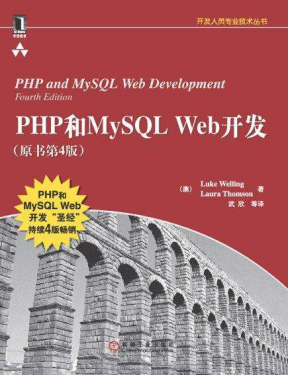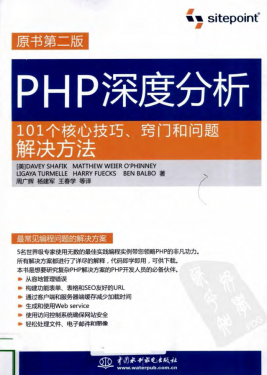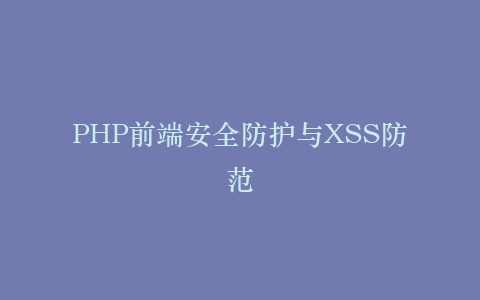
PHP在社交媒体平台开发中的最佳实践总结
作为一名参与过多个社交项目开发的老兵,我深知用PHP构建稳定、高性能的社交媒体平台有多么重要。今天,我将结合自己的实战经验,分享一些关键的最佳实践,帮你避开那些年我踩过的坑。
1. 选择合适的PHP框架
在社交媒体开发中,我强烈推荐使用成熟的框架。Laravel和Symfony都是不错的选择,它们提供了完善的路由、中间件和ORM支持。记得我在早期项目中尝试裸写PHP,结果代码很快就变得难以维护。
// 使用Laravel定义用户关注关系
class User extends Model
{
public function followers()
{
return $this->belongsToMany(User::class, 'follows', 'following_id', 'follower_id');
}
public function follow(User $user)
{
return $this->followings()->attach($user->id);
}
}
2. 数据库设计与优化
社交平台的数据关系复杂,合理的数据库设计至关重要。我建议将用户关系、动态、评论等核心表拆分,并建立合适的索引。曾经因为没加索引,我们的关注列表查询在用户量增长后变得极其缓慢。
-- 用户关注关系表
CREATE TABLE follows (
follower_id INT UNSIGNED NOT NULL,
following_id INT UNSIGNED NOT NULL,
created_at TIMESTAMP DEFAULT CURRENT_TIMESTAMP,
PRIMARY KEY (follower_id, following_id),
INDEX idx_following_id (following_id)
);
3. 实现高效的内容推送
动态推送是社交平台的核心功能。我推荐使用Redis存储用户的时间线,避免每次都从数据库查询。在实践中,我们采用了写时扩散的模式,大大提升了读取性能。
// 使用Redis存储用户动态时间线
class TimelineService
{
public function pushToFollowers($userId, $postId)
{
$followers = $this->getFollowers($userId);
foreach ($followers as $followerId) {
Redis::zadd("timeline:{$followerId}", time(), $postId);
}
}
public function getUserTimeline($userId, $page = 1, $perPage = 20)
{
$start = ($page - 1) * $perPage;
return Redis::zrevrange("timeline:{$userId}", $start, $start + $perPage - 1);
}
}
4. 文件上传与媒体处理
用户上传的图片和视频需要特别处理。我建议使用云存储服务,并实现缩略图生成。记得有次因为直接保存原图,导致服务器磁盘很快被占满。
// 使用Intervention Image处理用户头像
public function uploadAvatar(Request $request)
{
$image = $request->file('avatar');
$filename = uniqid() . '.jpg';
// 生成不同尺寸的头像
Image::make($image)
->fit(200, 200)
->save(storage_path("app/avatars/large/{$filename}"));
Image::make($image)
->fit(50, 50)
->save(storage_path("app/avatars/small/{$filename}"));
return $filename;
}
5. 安全防护措施
社交平台面临各种安全威胁。必须做好XSS防护、CSRF保护和数据验证。我们曾经因为疏忽,导致用户输入的内容包含了恶意脚本。
// 安全的评论处理
public function storeComment(Request $request)
{
$validated = $request->validate([
'content' => 'required|string|max:1000',
'post_id' => 'required|exists:posts,id'
]);
// 过滤HTML标签,只允许安全的标签
$content = strip_tags($validated['content'], '
');
return Comment::create([
'user_id' => auth()->id(),
'post_id' => $validated['post_id'],
'content' => $content
]);
}
6. 性能监控与缓存策略
随着用户量增长,性能监控变得至关重要。我们使用New Relic监控应用性能,并建立了多级缓存体系。记住:过早优化是万恶之源,但必要的监控必须从一开始就建立。
// 用户信息缓存示例
class UserService
{
public function getUserProfile($userId)
{
$cacheKey = "user:profile:{$userId}";
return Cache::remember($cacheKey, 3600, function() use ($userId) {
return User::with(['profile', 'statistics'])
->where('id', $userId)
->first();
});
}
}
这些实践都是我在真实项目中验证过的。社交平台开发是个持续优化的过程,希望我的经验能帮你少走弯路。记住,好的架构是演进而来的,不是设计出来的。在实际开发中,要根据业务需求灵活调整这些实践。
2. 分享目的仅供大家学习和交流,您必须在下载后24小时内删除!
3. 不得使用于非法商业用途,不得违反国家法律。否则后果自负!
4. 本站提供的源码、模板、插件等等其他资源,都不包含技术服务请大家谅解!
5. 如有链接无法下载、失效或广告,请联系管理员处理!
6. 本站资源售价只是赞助,收取费用仅维持本站的日常运营所需!
源码库 » PHP在社交媒体平台开发中的最佳实践总结





